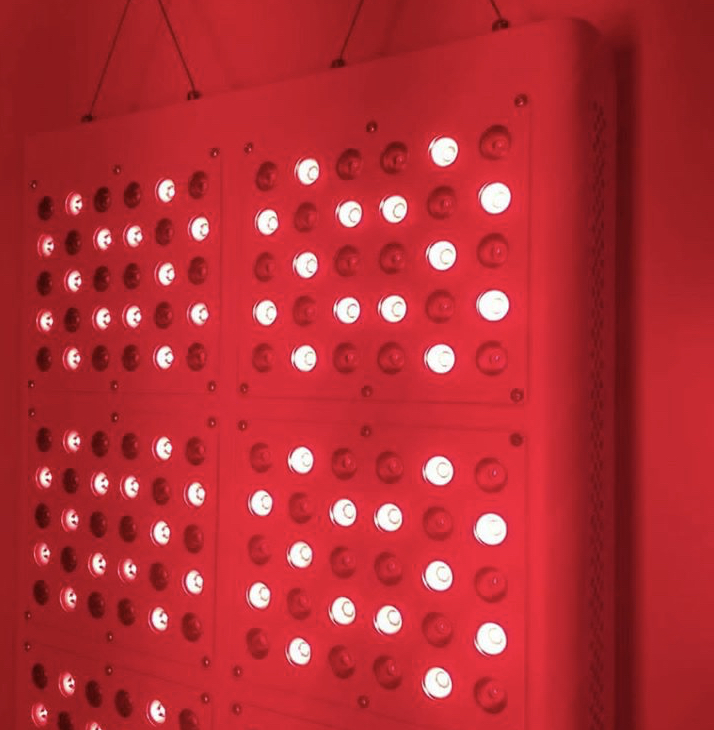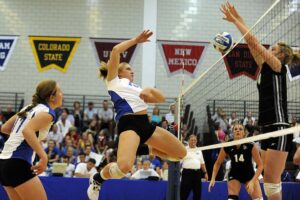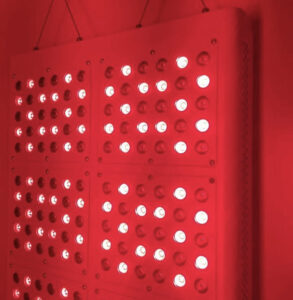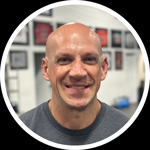
Random Thoughts on Sports Performance Training – Installment 34
It’s been a while since I published one of these compilations, so I’ve got quite a “brain dump” for you today. Here goes!
1. Correct “overhead lifting” work is especially important for volleyball players.
After this Instagram post on the importance of correct overhead lifting exercises and coaching cues, a volleyball coach reached out to ask if I felt the same overhead principles would apply to volleyball as with baseball. His point was that the arm-swings are very similar, but being in the air may make a difference.
The short answer is that YES, these strength training principles would apply to volleyball players as well. I’d even argue they’d apply MORE for two reasons:
a. Volleyball players are generally a hypermobile population who can benefit even more from the enhanced motor control that proper weight training affords. Effectively, you’re giving them stability through the (potentially excessive) range of motion they have.
b. The fact that the violent arm actions happen in mid-air means that you don’t have a lower half to help with deceleration (as is the case with baseball players). The upper extremity needs to be that much more well timed and strong.
2. Red light therapy might be the next big sports science breakthrough.
I first came across red light therapy when some clients commented on how they’d utilized it for a variety of health and human performance initiatives – both focal (sore wrist) and diffuse (chronic disease). I dug deeper, and the research was super compelling. There are clinical applications for everything from sleep quality/quantity, to cognitive function, to migraines, to improved hormonal status, to exercise recovery. I’ve started utilizing it myself and I can see it becoming an integral part of our sports science approach at Cressey Sports Performance.
Joovv is a company that’s at the forefront of the application of red light therapy, and they actually sponsored this week’s podcast. If you head to www.Joovv.com/eric, you can learn more – and get a free gift with your purchase.
3. Sports are random practice.
I’ve been a big advocate for avoiding early sports specialization if your goal is not only a positive experience with exercise to build lifelong habits, but also long-term athletic success. Supporters of playing multiple sports rarely outline the specific “mechanism of action” for why multiple sports really works for development, though.
In my opinion, these benefits are mediated because most sports are the very definition of random (unpredictable and varied) practice. You change direction a ton with soccer, basketball, and tennis – but you’re usually responding to an opponent or making strategic calls on the fly on your own. You use both hands and feet in unique ways. These experiences are markedly different than going out and just throwing 30 pitches off the mound in baseball, something that’s entirely closed loop and only has a small amount of variance: blocked practice. The research on motor learning has clearly demonstrated that random practice outperforms blocked practice with longer-term retention tests and the associated skill acquisition.
Also, this should serve as a good reminder of how awesome playgrounds are.
4. Our rotator cuff care approaches have three broad components.
I recently hopped on Mike Robertson’s podcast, and one topic we covered was how we structure our arm care programs with respect to rotator cuff training. The whole interview is a good listen, but tune in at the 39:20 mark for this specific section.
Speaking of Mike Robertson, he’s launching his own certification really soon. I’ve reviewed it and it’s outstanding. He’s got an early-bird list going to get folks a discount when it’s launched; you can learn more HERE. Highly recommend!




